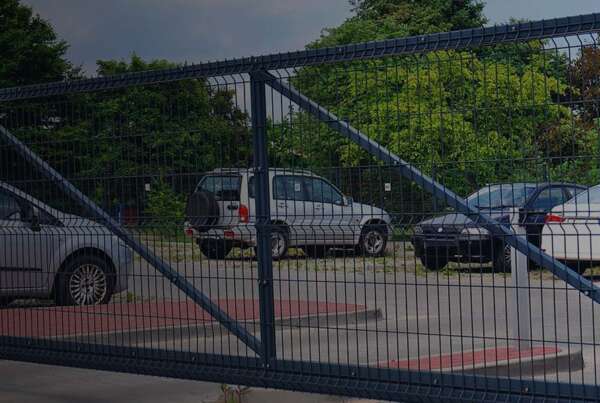Fence rot is a common issue for homeowners. Whether it’s dry rot or wet rot, you should have at least a yearly appointment with a maintenance specialist to keep it from happening.
Fence rot occurs on wooden fences. It’s a simple problem that happens when fences are exposed to the elements.
The easiest way to prevent the rot is to use hardy woods like juniper and cedar. Softer woods like pine and tamarack need more maintenance.
Whether you’ve got hardier woods or softer woods, you will need to check the wood often. If you notice a musty smell or pieces of the wood buckling under the pressure of your hand, then you likely have some rot.
It doesn’t take a long time for fence rot to occur if there is little maintenance happening. Besides choosing a hardy wood, the most important thing you can do is check with your installer to make sure they have installed the wood fence properly.
What is Fence Rot?
Fence rot is simply deteriorating wood. There is dry rot and wet rot. Wet rot looks a little bit like rusted wood or fungus. There is often fungus growing on the rotted wood. You can spot mushrooms pretty easily. But there may be mold or mildew as well
With wet rot, the fence becomes soft and discolored. If left untreated, the rot may eventually cause the fence to collapse.
Dry rot comes from exposure to extreme heat and lack of moisture in the air. It dries out the wood, often to the point where pieces of it are crumbling off the fence.
How to Prevent Fence Rot
Fence rot is best treated by using woods that are as weather-hardy as possible and installing them properly. But maintenance must be performed at least once a year to prevent rot, even in milder climates.
The wood should be treated and stained or painted once a year at minimum, although doing this more often doesn’t hurt!
In areas of the fence where there is already rot, you must remove the rotted areas completely and re-treat the fence to prevent spread. It’s much like treating mold.
Check over your fence often to spot areas where the stain or paint has worn through. Be sure to stain or paint these worn areas promptly. Make sure the fence is clean at all times.
Dirt and mud, especially high moisture soils with clay and compost in them, can contribute to rot over time. Try to dry-brush these things off your fence if you can to reduce moisture.
You will also want to be sure that there is proper drainage under your fences. Don’t let holes from pets or other animals collect water that can contribute to rot. Fill the holes often.
It’s a good idea to make sure that plants don’t grow too close to your fences. If you can, put a brick border on the ground between large plants like hydrangeas and the fence. Gravel can work also, but it’s harder to weed.
Finally, you can check your yard often for mushrooms and dead material like dead grass and leaves. These things can collect under fences and grow there if you aren’t careful.






